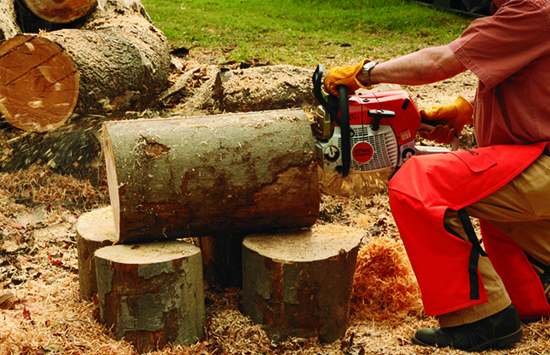
This woodworker wants to know the ideal way to store hardwood logs for later. He doesn’t always get a chance to saw and sticker them right away and was wondering if there is a preferred length to cut them or any other advice on storage of whole logs.
Ellis Walentine: Storing logs is risky business. First, you have to seal the ends if you want to minimize end checking. Also, depending on the species of wood and the type of lumber you intend to saw, you could be risking degrade from rot and from bugs that feast on the cambium layer and the sapwood of these logs. You could also encounter some checking on the surface of the logs. Your best bet is to get them to the mill as soon as possible.
Ian Kirby: Left alone, the logs will lose moisture from the ends more readily and will check. So keep them wet by hosing them off every couple of days, or keep them dry and paint the ends to inhibit moisture loss. In any case, get them up off the ground a few inches so that there isn’t an overabundance of moisture on the lower half. Depending on the species, it’s during the wait time that infestations by fungus and insects are very possible. Try to convert the logs as soon as you can and cut them to whatever length suits your needs.





